Chinese Name: 挖色 Pronunciation: Wāsè
Opening Time: All Day
Admission Ticket Fare: Free
Recommended Visiting Time: one day
Occupied Area: About 107 square kilometers
Building Function: An ancient residence for Bai people (one of the ethnic groups in China)
Address: East Bank of Erhai Lake, Dali City, Dali Bai Autonomous Prefecture, Yunnan Province, China
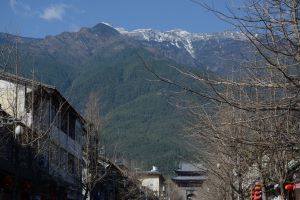
Wase Town, under the jurisdiction of Dali City, Dali Bai Autonomous Prefecture, Yunnan Province, has six village committees, 15 natural villages, and 56 resident groups, with a permanent population of 21,018 (2017).
The town is located on the east bank of Erhai Lake, bordering Shuanglang Town in the north, Haidong Town in the south, and Jizu Mountain Town in the east. The town is about 20 kilometers wide from north to south and five kilometers wide from east to west, occupying an area of about 107 square kilometers.
The town is of karst terrain and landform, with many karst caves, mountains, and peaks. Overall, it is high in the northeast and low in the southwest. The highest point in the town is Lion-shaped Mountain with an elevation of 3,320 meters while the lowest point is Wase Village with an altitude of 1,975 meters.
Because of the unique geographical location, Wase Town has long been the land and water transportation distribution center and trade center connecting the east shore of Erhai Lake with the surrounding areas. The town thus has an advanced economy.
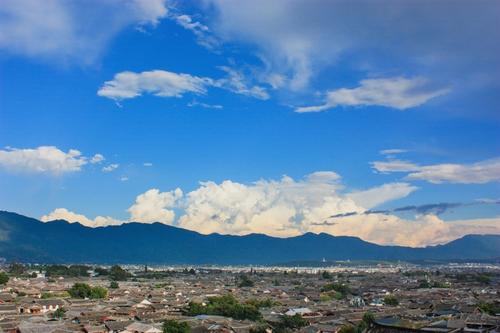
Besides, the town also has developed cultures and abundant folk customs. It is the religious and cultural center on the east bank of Erhai Lake with various long-history religious cultures, such as the unity of man and god of Bai tradition. It is also one of the areas where the local culture of Bai people around the regions of Erhai Lake is relatively intact.
Due to the geographical location, the town possesses a pleasant climate as well. It has a low latitudinal proto-monsoon climate, with an annual average temperature of 15 degrees Celsius. The average temperature in the hottest month is about 19.5 degrees Celsius while the average temperature in the coldest month is 8.5 degrees Celsius, which is quite mild.
Such a pleasant climate is not only suitable for planting rice, corn, vegetables, and green onion, chestnut, and so on, but also comfortable for tourists to visit at any time they like in a year.
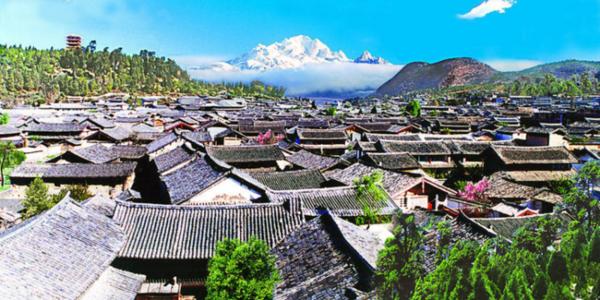
About three to four thousand years ago, Bai people began to live at the original site of Wase Town.
In the 11th Century, during the reign of Emperor Xiaodi of the Zhou Dynasty (1046 BC - 256 BC), the Lubai Tribal Empire was established near the original site of Wase Town with Desert Temple (about four kilometers away from Wase Town) as the center.
In the Western Han (202 BC - 8 AD), Eastern Han (25 AD - 220 AD), and Shu Han (221 AD - 263 AD), emperors all set up prefectures close to the original site of Wase Town.
In 309, the emperor founded a prefecture at Desert Temple, administering East Heyang County and Yeyu County. The jurisdiction scope of East Heyang County was the counties locating on the east bank of Erhai Lake (including the original site of Wase Town). Dali and other counties were in the governing range of Yeyu County.
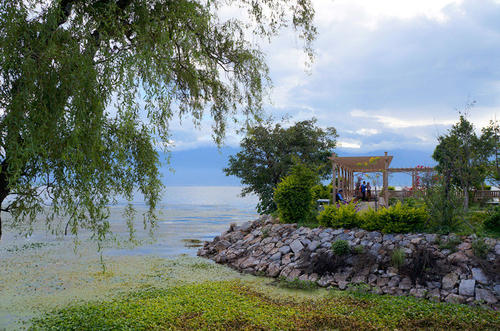
From the end of the Jin Dynasty (266 AD - 420 AD) to the early Tang Dynasty (618-907), the prefectures in the regions of Erhai Lake were in a state of being set up while abandoned then.
Therefore, at that time, there were many tribes in the regions of Erhai Lake, with large tribes containing five to six hundred families and small tribes including two to three hundred families. Each tribe occupied its area and was not subordinated to others.
During the reign of Emperor Kangxi of the Qing Dynasty (1636-1912), Wase Town was named “The First Ancient Town in Dali Prefecture” by the governor of Yunnan Province.
From 1912 to 1958, Wase Town belongs to Binchuan County.
In 1959, Wase Town and Binchuan County merged into Xiangyun County.
Now Wase Town is part of Dali City.
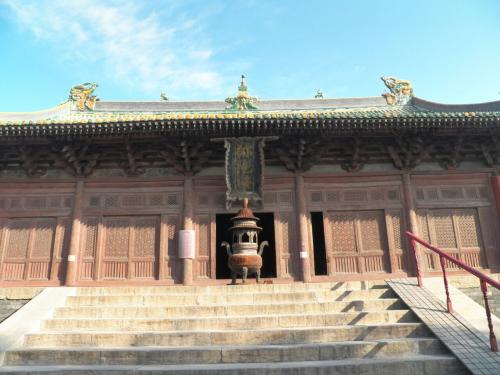
Rike Rock is located in the back of Chongfu Temple at the foot of Sanfeng Mountain. Its shape is similar to a round table. The rock is about one meter wide and about half a meter high.
Because in ancient times people used to utilize this stone to worship heaven, the stone is also known as the “Jitiantai Stone” (Stone for offering sacrifices to Heaven). In 1970, the site of the stone was zoned for homestead.
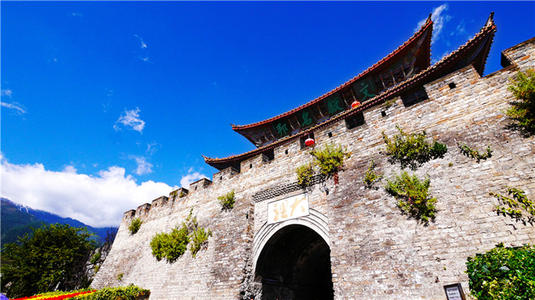
White King City includes two parts: Mountain City and Water City. Mountain City is located on Sanfeng Mountain with the perimeter reaching one thousand meters. Inside Mountain City, there is a cave called White King Cave.
There used to be backward flowing water in the cave in the past, which has already dried up. There is a drilling field for soldiers in the past, which is more than 300 meters long.
Water City, situated in the south of Dacheng Reservoir, is hundreds of meters in length. Mountain City still exists today, while the drilling field and Water City have been designated as homesteads with the ruins being destroyed.
Yunya Reclining Buddha, 1.5 kilometers away from the southeast of Gaoxin Village, is commonly known as “Dragon Revolving Around the Stone”. There are 23 grottoes which are the national properties of Dali and were carved in the Song Dynasty (960-1279). Besides Yunya Reclining Buddha, there are Fengming Platform, Gecko Rock, and other famous historical relics.
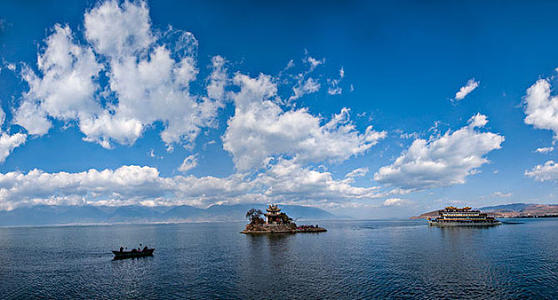
There is a scenic spot in Wase Town named Small Putuo which is a small island in the north of Erhai Lake. There is an ancient legend about the origin of Small Putuo. It is said that when Avalokiteśvara passed by Dali, she dropped a stone seal into Erhai Lake to prevent winds and waves and protect local fishermen. The stone seal was then turned into a small island with a circumference of only 200 meters.
During the reign of Emperor Chongzhen of the Ming Dynasty (1368-1644), the villagers of Wase Town built Avalokiteśvara Pavilion on the island and named the island after “Small Putuo”. It means the island is the place for Avalokiteśvara to practice Buddhism.
There is a big fair every five days in Wase Town. If you happen to visit the town on the 5th, 10th, 15th, 20th, 25th and 30th days of each lunar month, you should not miss the opportunity to appreciate this essential part of local people’s lives and taste the local snacks.
Wase Town → Chiwen Island → Small Putuo → Wase Dock → Kanglang Village
Take a bus to Wase Town at Dali Passenger Center (No. 372, Weishan Road, Dali City, near Dali Railway Station). It takes about 45 minutes (about 15 yuan).
Chinese: 请带我去挖色。 English: Please take me to Wase Town.
If you go to Wase Town from the center of Dali (Grand Bay View International Hotel), it takes about 55 minutes (about 120 yuan).
If you go to Wase Town from Dali Airport, it takes about 35 minutes (about 100 yuan).
If you go to Wase Town from Dali Railway Station, it takes about 55 minutes (about 115 yuan).
